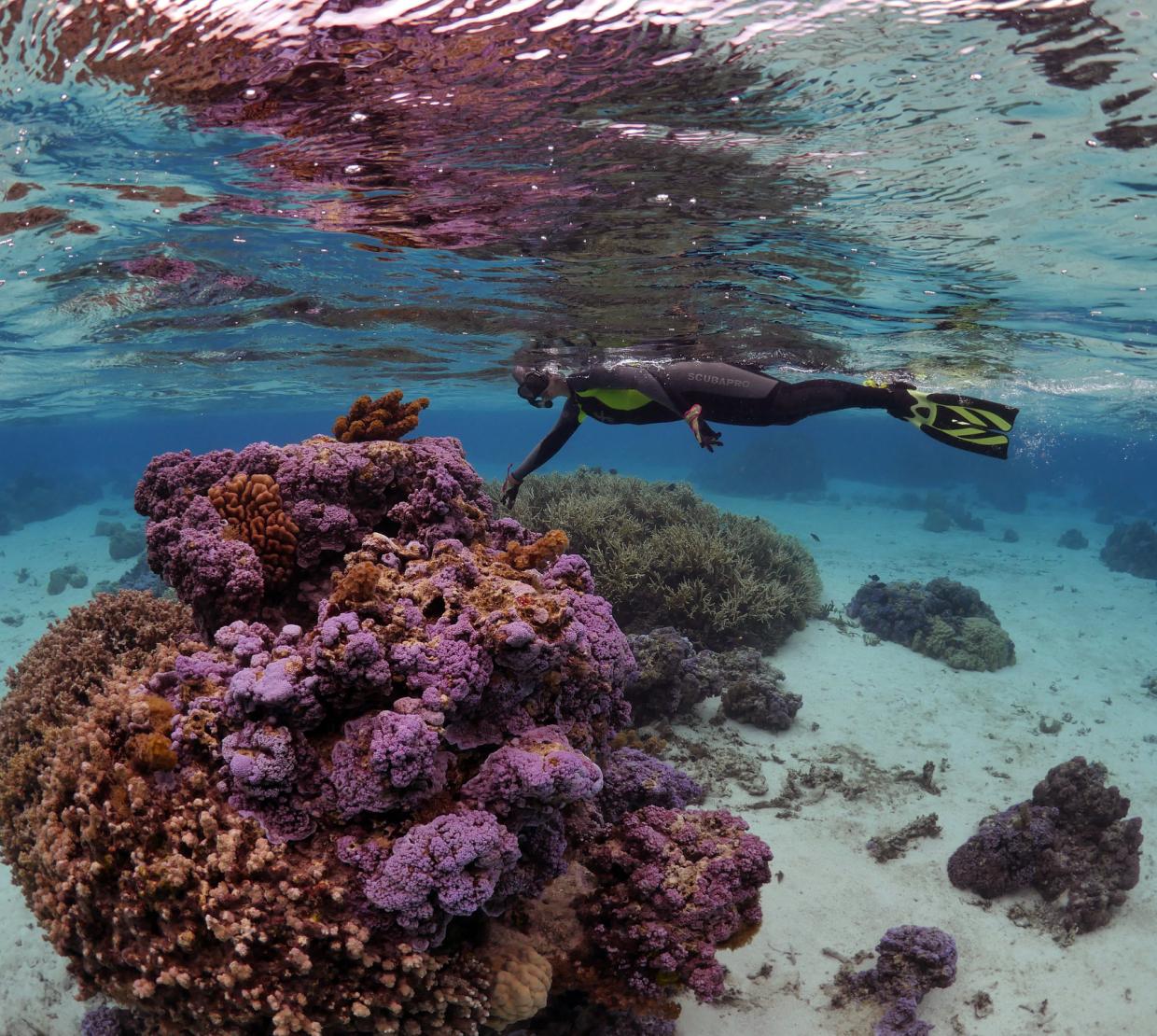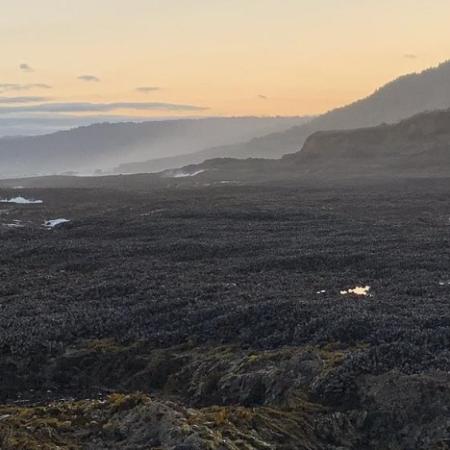Microscopic algae that corals need for survival harbor a common and possibly disease-causing virus in their genetic material, an international collaboration spearheaded by an Oregon State University researcher has found.
The study, co-led by researchers in the College of Science, sheds new light on the threats faced by coral reefs, particularly as the climate changes.
Findings were published in Communications Biology.
Researchers probed the genomes of corals’ resident algae from samples collected during the 2016-18 Tara Pacific Expedition, a 100,000-kilometer scientific voyage that included more than 2,600 dives to study corals.
Corals are made up of interconnected animal hosts called polyps that house microscopic algae inside their cells. The coral-algal symbiosis, or partnership, is the foundation of the entire coral reef ecosystem; the polyps receive food from the algae, and the polyps in turn provide nutrients and protection to the algae.
Coral reefs are found in less than 1% of the ocean but are home to nearly one-quarter of all known marine species. They also help regulate the sea’s carbon dioxide levels and are a crucial hunting ground that scientists use in the search for new medicines.
Climate change is threatening the reefs in part because the symbiotic algae, dinoflagellates of the family Symbiodiniaceae, can be stressed by warming oceans to the point of dysbiosis – a collapse of the host-symbiont partnership, which results in a phenomenon known as coral bleaching.
Likewise, viral infection can threaten these algae and the stability of the symbiosis, said Kalia Bistolas, a postdoctoral scholar at Oregon State. Now scientists have one explanation for how these interactions might work.
“We found a very common RNA virus hidden within the genomes of coral symbionts,” said Bistolas, who co-led the study with Alex Veglia of Rice University and OSU's Rebecca Vega Thurber, who holds the Emile F. Pernot Distinguished Professorship in Microbiology.
Read more here.




